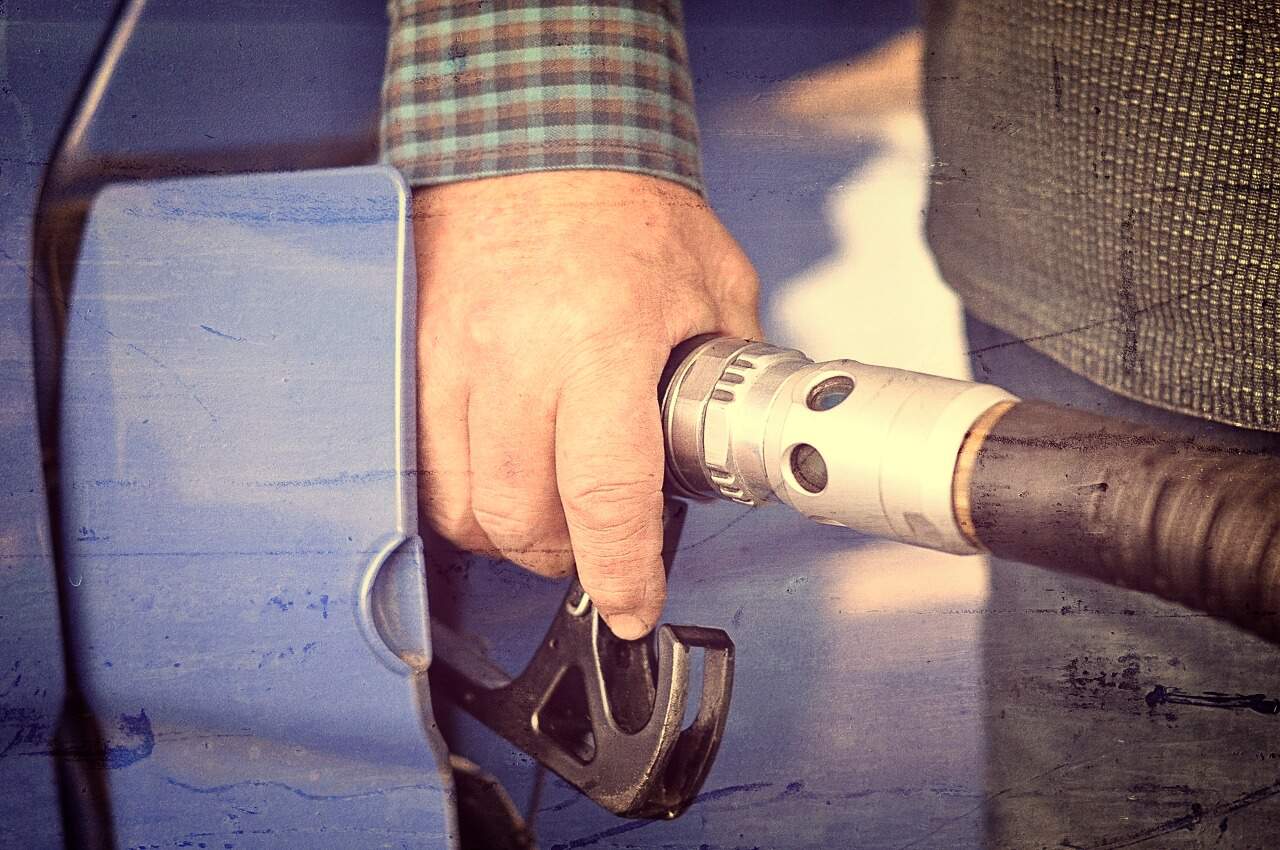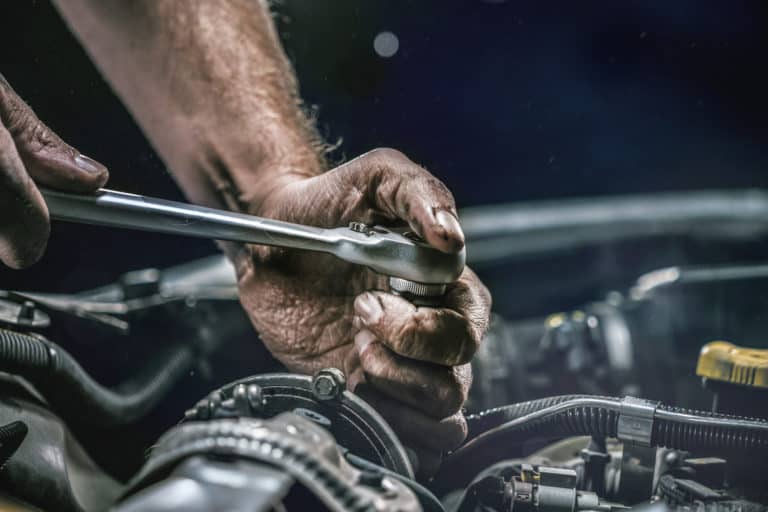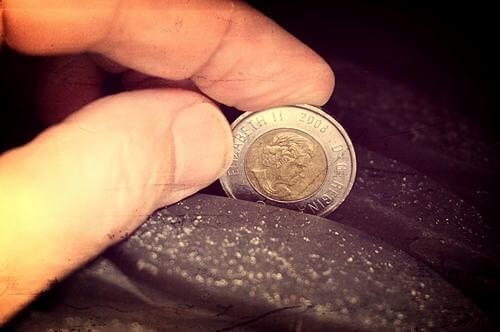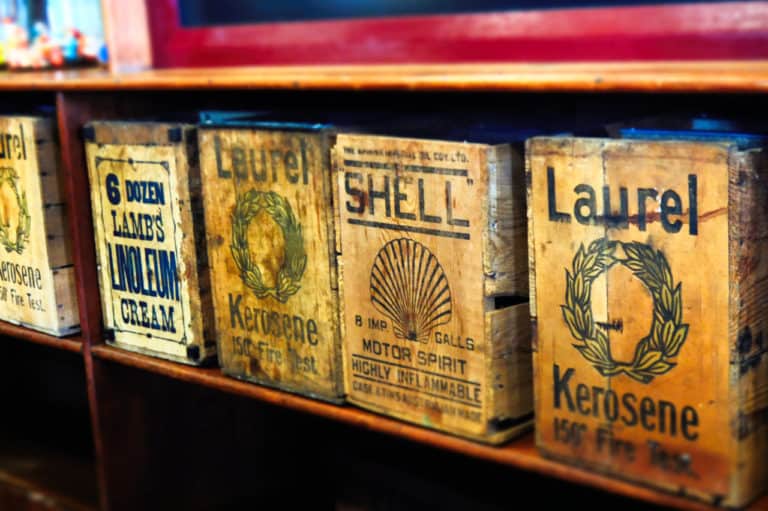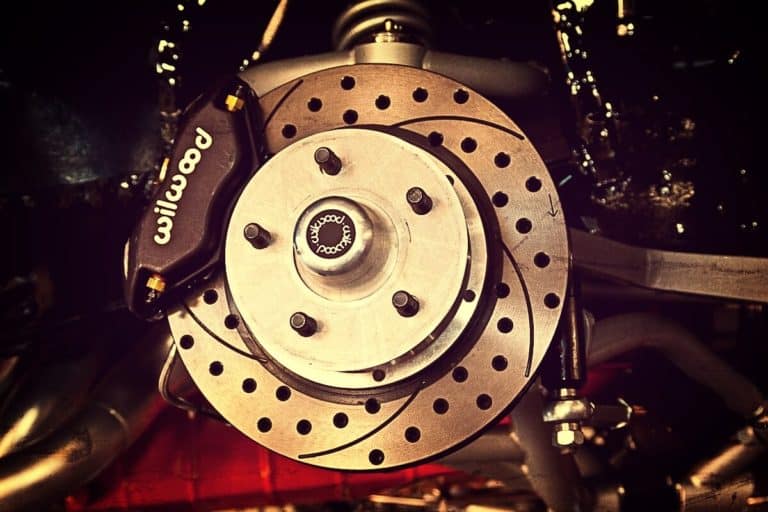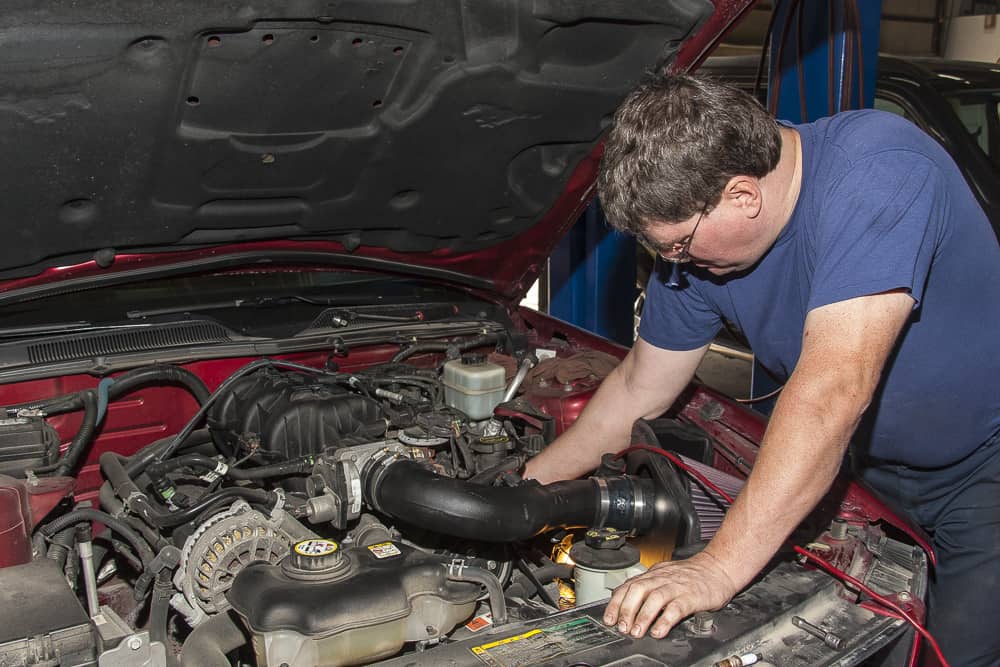5 critical fluids you should watch
5 Critical Fluids in Cars Which Can Prevent a “Tow Because” of Monitoring

If maintaining an automobile was genuinely as simple as the car manufacturers advertised it to be, drivers could simply whistle and all of the vital fluids necessary for proper performance would replenish themselves. Few are aware that when it comes to the fine print, many auto manufacturing warranties do not cover auto repair for vehicles operated with low fluid levels. Many owners may ask what does this revelation mean?
first choice is for drivers to check their car’s fluids regularly and fill them accordingly. The other option is that severe mechanical damage could result from not having enough of a particular fluid, and the entire cost of repair could very well be coming out of the pocket of the owner. It is understandable since the dealerships continue to market the concept of “virtually maintenance free” owners feel cozy enough not to worry about such trivial details as a few liquid levels for their car. It is also an educated guess that most car owners do not wish to pay 20% to 40% more than they spent on their vehicle to put it back on the road with a new engine. There are more important fluids than gasoline and owners need to be aware of more than just an occasional oil change.
“TOWBeCause” – the Key to a Monthly Check-Up For Auto Fluids:
There are five critical fluids, aside from gasoline which need to be checked regularly to maintain car health and avoid risk for serious damage. Many auto care advisors feel once a month for a quick glance under the hood for about two minutes is worth the peace of mind it provides. If some of these fluids reach dangerously low levels, the auto will need a tow because if driven the warranty will not cover it. If an owner simply thinks of the acronym “TOWBeCause,” it will be as easy as counting to five to remember which fluids need checking.
“T” is for Transmission Fluid:
The old “dipstick” method of checking transmission fluid may or not be in place on many models. Many models have a check plug under the hood and for higher-tech gearboxes special scanners are needed to check the levels. If there is a dipstick in place, then the car should be checked with a warm engine,(after 15kms roughly). Run the gear shift lever through all of the gears and make sure to refer to the car’s manual for either “park” or “neutral” for the correct position for the check. If the fluid is dark and has a burnt odor, it is most likely time for a change.
“O” is for Oil in the Engine:
Engine oil is the easiest to check because if the car is parked level it is as simple as pulling the dipstick on a cold engine. It may be difficult to see the oil level and a flashlight may be required unless direct sunlight is available. Since there is no dripping oil from the engine which has been at rest often, there is no cleanup required. Make certain the level for oil is not overfilled. If the dipstick has a strong gasoline odor then a trip to find out what is causing it is a safe measure to prevent possible fires when sparks hit the flammable drippings. Oil should be filled based on the exact grade and type listed in the manual or the filler cap. Fill only about a half-litre at a time and allow the oil a few minutes to drip down into the engine before re-testing. Oil changes should regularly be conducted and if oil appears filthy and has a burnt odor it is often a wise choice to take it in and have it checked as a precaution.
“W” is For Washer Fluid:
One might ask how can wipe fluid have anything to do with the possibility of needing to be towed. Visibility and having a clear view at all times is one of the best accident prevention measures possible. Topping off the washer fluid on a regular basis is another great way of minimizing the impact on inclement weather conditions. There needs to be caution not to fill the transmission with wiper fluid, or it will need immediate flushing.
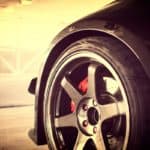 “B” is For Brake Fluid:
“B” is For Brake Fluid:
Brake fluid is easy to remember because if the brake fluid is very low even refilling it might force air through the braking system and the car would become unsafe to drive. As brake pads start to wear more fluid is used, and the brake pedal and braking system may become unresponsive or completely fail. If the brake fluid is low enough that there is doubt of the effectiveness with which the vehicle can stop then, it is always best to call for a tow truck. Always adding only the correct type of brake fluid and filling it to proper levels are crucial due to possible damage to the braking system.
“C” is for Coolant in the Engine:
Checking engine coolant should be done carefully to make certain hot and potentially hazardous fluids remain contained. When a pressurized cap is removed, it is best to do so slowly as with the old radiators to avoid hot air forcing out liquid. Reservoirs are marked hot and cold in many models and overfilling of coolant will result in it being spilled out after the engine is warm. Spills may present a danger to pets, small animals and children who encounter the liquid. It is always best to safely store engine coolant in a location where children and pets do not have access.
A Routine That is Easy to Remember:
For safety and caution when it comes to 5 essential fluids in a car it helps to avoid a “TOWBeCause” prevention beats expensive transport costs to the repair shop. Proper care to make certain an auto receives plenty of fluids can minimize major repairs and help a car perform better and stay on the road for a longer time.


